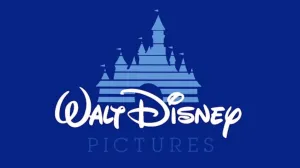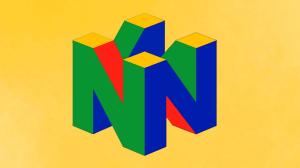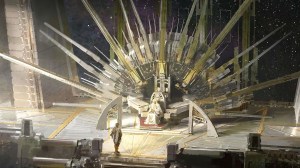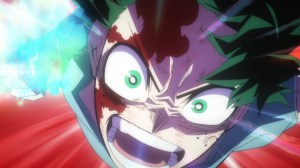Prior to the release of The Last Jedi, Laura Dern‘s Admiral Holdo was shrouded in relative secrecy, leaving audiences to determine where she attached her allegiances. With the film now in theaters, we got to learn much more about the character, who was the focal point of one of the film’s most jaw-dropping scenes. Collider recently spoke to the film’s editor, Bob Ducsay, about how the incredible sequence came together and how he always knew it would resonate with audiences.
Videos by ComicBook.com
***WARNING: Spoilers below for The Last Jedi***
With the First Order hot on the Resistance’s tail and Leia recuperating from her injuries, Holdo orders that the ship be abandoned so that what’s left of the organization can regroup on the nearby planet Crait. Instead of joining the survivors, Holdo stays behind to face Supreme Leader Snoke’s ship head-on, jumping into lightspeed to eviscerate multiple ships in the fleet, with much of the sequence playing out in silence.
“It’s really incredible, right? I mean, we thought it was going to be big, but you could just feel the crowd,” Ducsay shared. “It’s amazing. It’s absolutely amazing, and it’s funny about that sequence because it’s sort of complicated editorially, because you’re cutting between Kylo and Rey, and Finn and Rose, and Holdo, and Hux. So it’s a lot of balls in the air, and things got moved around a lot in there to make it accelerate the way that it does. It used to be a little bit longer, which it didn’t really support, but it was complicated. It was fun to get there.”
The finished sequence is one of the film’s most memorable, but it underwent an evolution to get to what we see in the film.
“The thing to me that’s the most interesting is that the way that the actual impact works was storyboarded. And when you watched it with storyboards, it was very, very, hard to understand,” Ducsay pointed out. “And we got the first iterations of the digital effects back from ILM, and it really didn’t work. We sort of revamped how it was going to work, and when that happened, it suddenly went from, ‘I’m not sure how this is going to work,’ to ‘This is obviously fantastic.’”
In addition to the visual effects making the sequence powerful, the deafening silence allowed audience members to hear one another gasp.
“The other thing too, the way the sound works is just fantastic, because it’s building. The John Williams score and the sound effects, they’re building to this full-throated crescendo, and then everything goes away, and it’s just the tiniest atmosphere,” Ducsay detailed. “Sort of a low-end space sound, and you can just feel the audience because of that incredibly significant contrast in both sound and imagery. I mean it’s amazing. And by the way, it’s all Rian. He had that in his head, how that thing was going to work, and even though we made tweaks on it, this was always where he was headed.”
The Last Jedi is in theaters now.
[H/T Collider]








